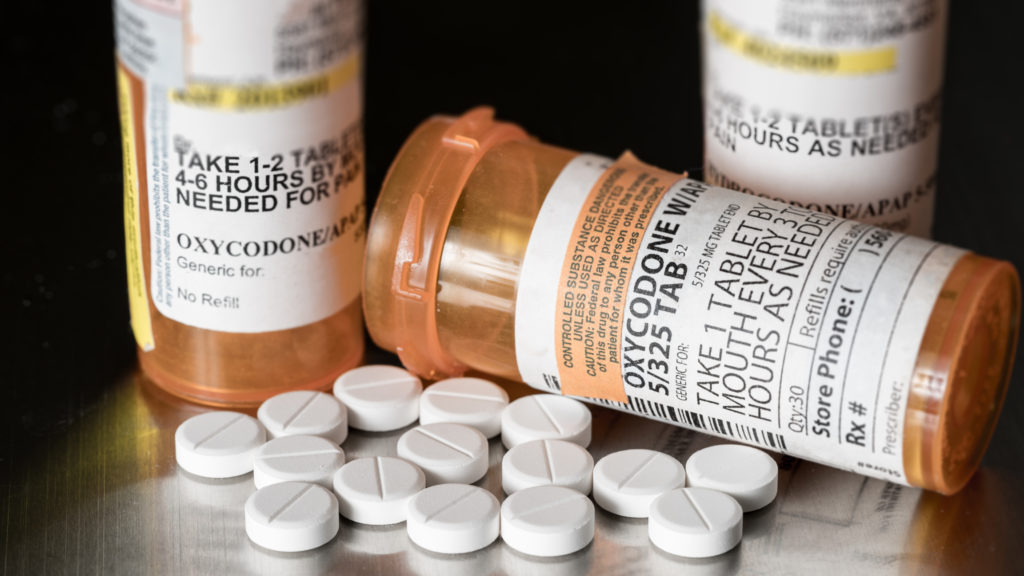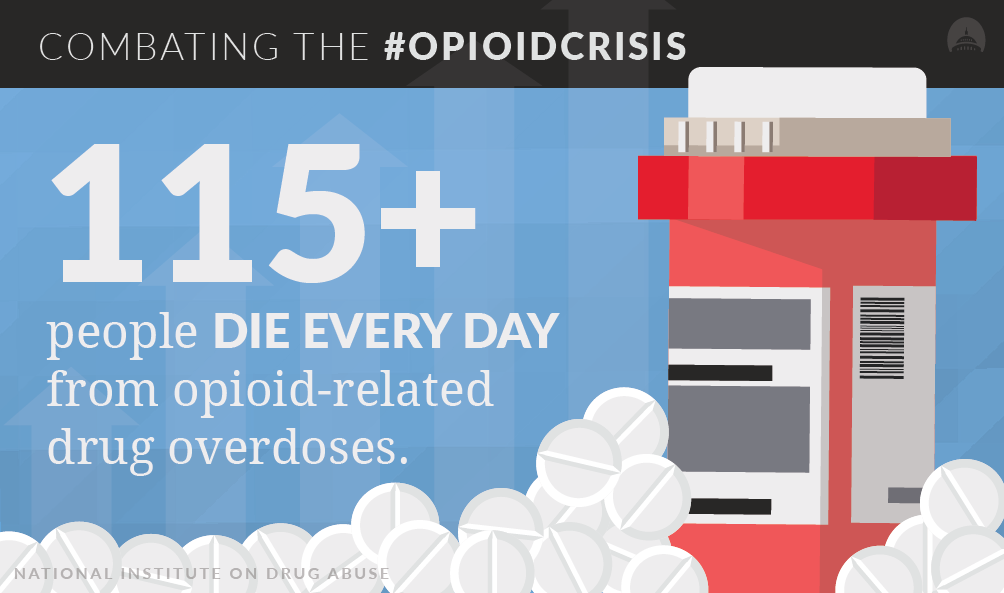For several years now, the U.S. has been in a full-blown opioid addiction epidemic. Opioids are a large class of strong painkillers that includes oxycodone (brands like Percocet and OxyContin), hydrocodone (brands like Vicodin and Norco), and fentanyl. These medications deliver moderate to strong pain relief at rapid speed – and in the wrong hands, they can be highly addictive.
Opioids are most often used to provide temporary pain relief after various medical procedures, including everything from a tooth extraction to brain surgery. These medications are also used to provide temporary pain relief while a patient recovers from serious bodily injury. Many patients who suffer from chronic conditions need opioids on occasion to treat severe instances of pain related to their illness. While most people can safely use opioids for short periods of time, it has become abundantly clear that more and more people are falling victim to the addictive properties of these medications. America in particular is seeing such a severe issue with opioid addiction that they have declared an official “opioid epidemic” – something we have never seen before. So what exactly defines an opioid epidemic and does it mean we should do away with opioids as a pain reliever?
What Is the Opioid Epidemic?
The opioid epidemic in the U.S. refers to the astronomical number of people who are currently addicted to opioids and the number of opioid-related deaths that have occurred in recent years. The severity of America’s opioid epidemic is best understood when you look at the statistics:
U.S. Opioid Epidemic Stats:
- There were over 42,000 opioid-related deaths in the U.S. in 2018.
- The number of nationwide opioid-related deaths has quadrupled since 1998.
- States including Ohio and New York had over 3,000 opioid-related deaths in 2018.
- Almost two-thirds of all drug-related deaths in 2016 were a result of opioids.
- As of 2016, the U.S. alone represented 99.7% of the world’s hydrocodone use.
- An average of 115 people per day die of an opioid-related overdose in the U.S.
- 1 in 5 people in the U.S. say they personally knew someone who died of an opioid overdose.
With numbers like that, one might think: Why not just rid the U.S. of opioids? Stop prescribing them as painkillers. Crack down harder on illegal opioid possession and distribution. All of that may seem like a foolproof solution, but in reality…it’s just not. The problem is that there are millions of people who truly need opioids for medical use and they are able to take them responsibly without getting addicted. Should these patients be denied access to useful medication because countless others are abusing that medication?
How Is the Opioid Epidemic Affecting Chronic Pain Patients?
While most of the discussion around the opioid epidemic surrounds those affected by addiction, it very rarely turns to the population of people who have used or do use opioids responsibly. Opioids are still a medication. They provide necessary pain relief to millions of patients every year. Whether these patients are recovering from surgery or they suffer from chronic pain, they genuinely rely on opioids to restore their quality of life. For this reason, opioids cannot and should not be eliminated entirely.
Since eliminating opioid use altogether is not an option, lawmakers are trying to limit access to opioids for many patients. In some states, legislation that restricts opioid access is already under affect. Opioid restriction limits the frequency with which a particular patient can be prescribed opioids. It also limits the quantity of pills in each prescription. While this may work fine for patients who only need an opioid prescription after surgery or an injury, it doesn’t work for chronic pain patients who need opioids often for management of their continuous symptoms. These patients are undoubtedly hurt by restrictive opioid legislation because they find themselves unable to get the medication they need as often as they need it. Some patients have turned to CBD oil for pain relief, but in most cases this does not work as efficiently as an opioid does. In some cases, patients who have not been able to access opioid medications have turned to suicide to escape their chronic pain.
Understandably, many chronic pain patients have banded together to let lawmakers know that opioid restriction policies are hurting individuals with certain medical needs. Lawmakers need to understand that millions of patients around the country are dependent on occasional opioid use to maintain their quality of life, and these patients should not be restricted from access to their medications. Hopefully, political representatives around the country will soon be able to create legislation that ends the opioid epidemic without hurting chronic pain patients.




